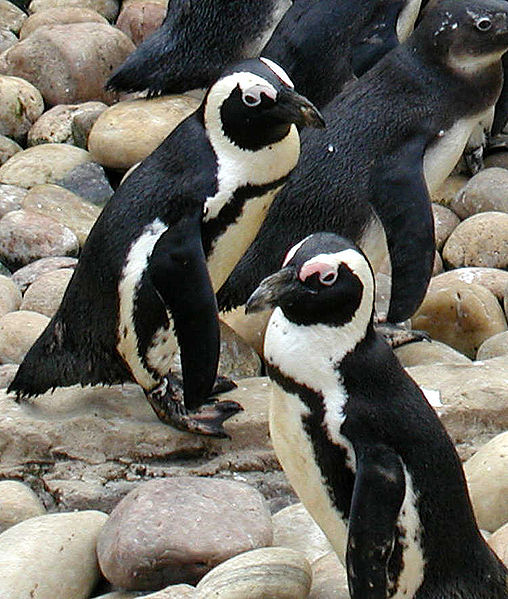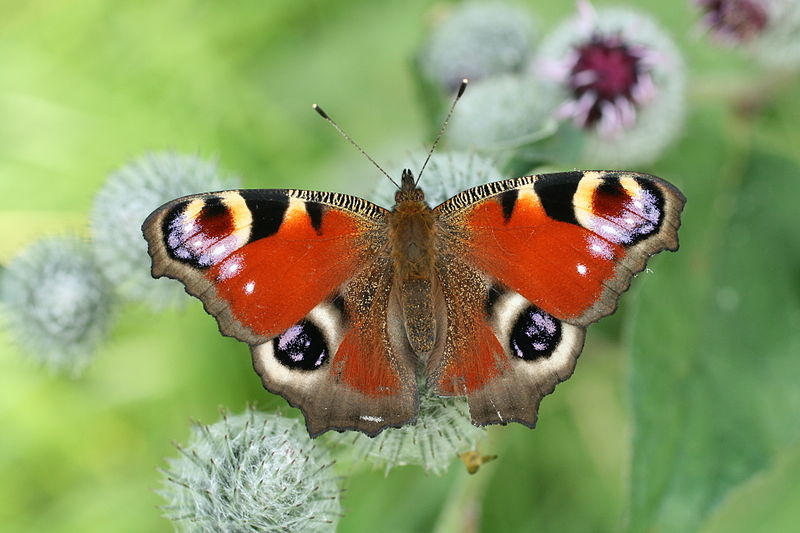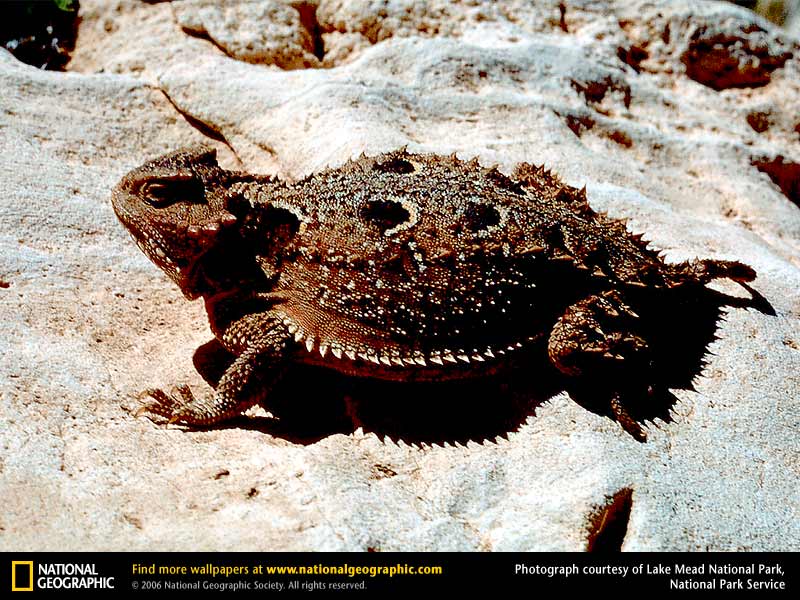Cool Facts About The Giant Mottled Eel
- The Giant Mottled Eel is one of the largest eel species in the world, reaching lengths of around two meters (6.6′) and weighing approximately 20.5 kg (40 lbs).
- These eels are interesting because they have been found in such distant regions as the Galapagos Islands as a result of abnormal ocean currents during unique weather events like El Nino.
- The current conservation status of the Giant Mottled Eel is stable as they are not on any threatened species lists; however, certain localities, such as Taiwan, are concerned the eels may be in danger because of overfishing.
- Marked by a long dorsal fin beginning close to the gill opening, the Giant Mottled Eel also possesses a rounded head with thick lips and two or three rows of teeth, each with their own unique purpose.
The Best Of Both Worlds
The habitat of the Giant Mottled Eel involves two incredibly diverse living conditions. Adults are found in the brackish waters of lakes and rivers where they feed and spend the majority of their lifetime. Nevertheless, when the time to spawn arrives, these adults migrate long distances to the ocean waters. Essentially, the Giant Mottled Eel spends the beginning and end of its life cycle in a marine habitat but lives in freshwater lakes and rivers for the middle portion. It isn’t often that you get to experience the best of both worlds but this mottled eel certainly seems to have the perfect habitat balance.
How To Choose Your Ecosystem
When the time for spawning approaches, the adults will swim to the ocean where females will deposit eggs into the marine environment. When the eggs hatch, small transparent larvae, called leptocephali, emerge and then drift around in the ocean currents for months until reaching an estuary. Once they reach an estuary, they migrate upstream in a special form called elvers. Over the next eight to forty years, they live their lives these brackish freshwater systems. Beginning as a yellow Eel, they will eventually become silver when they reach maturity and are ready to travel back to the ocean for spawning.







